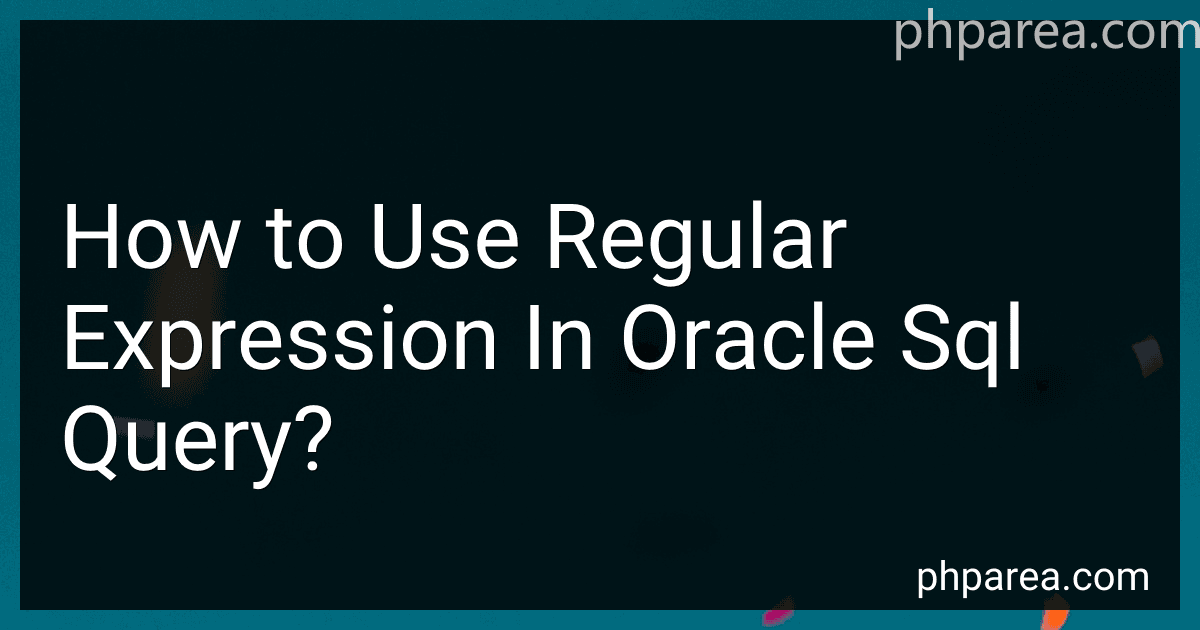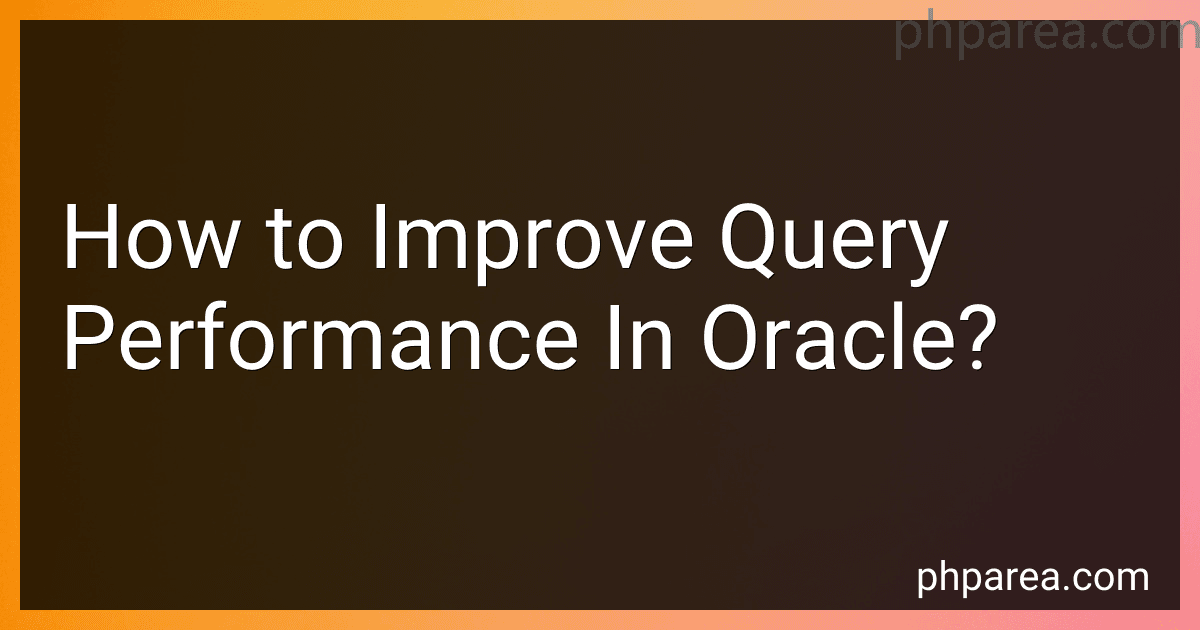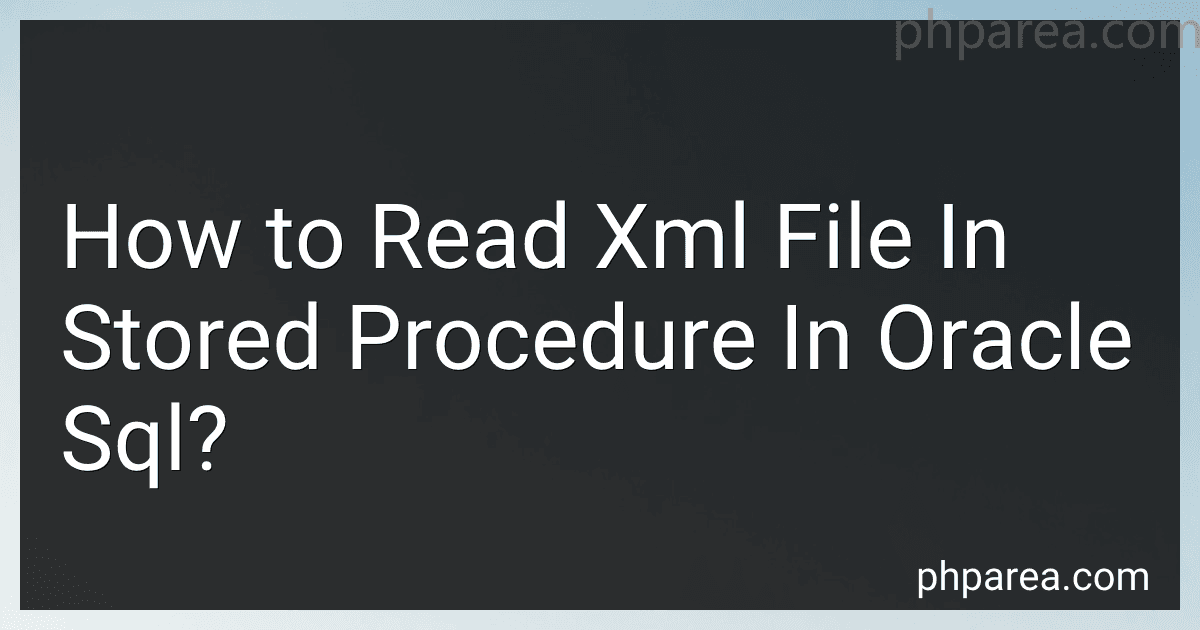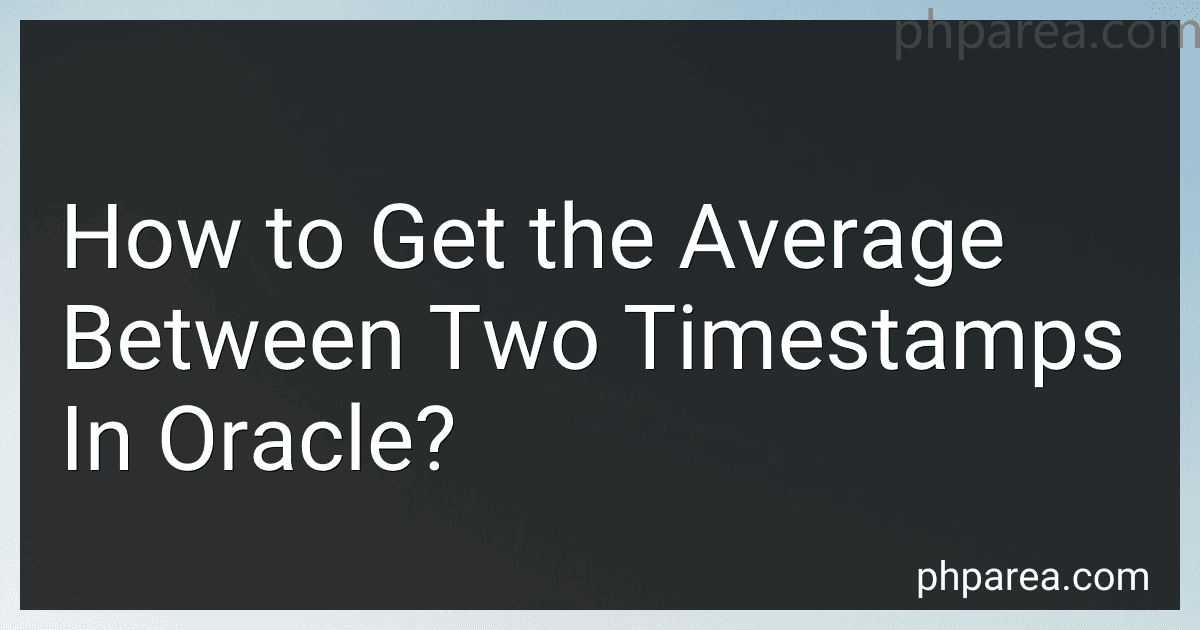Posts (page 23)
-
 4 min readTo connect Airflow to an Oracle database, you need to first ensure that you have the necessary Oracle drivers installed on the machine running Airflow. Once the drivers are installed, you can configure your Airflow connection settings in the Airflow web interface.In the Airflow web interface, go to the Admin section and then click on Connections. Here, you can add a new connection by clicking on the "+" icon. In the Connection Type dropdown menu, select "Oracle".
4 min readTo connect Airflow to an Oracle database, you need to first ensure that you have the necessary Oracle drivers installed on the machine running Airflow. Once the drivers are installed, you can configure your Airflow connection settings in the Airflow web interface.In the Airflow web interface, go to the Admin section and then click on Connections. Here, you can add a new connection by clicking on the "+" icon. In the Connection Type dropdown menu, select "Oracle".
-
 4 min readTo add a primary key constraint in Oracle, you can use the ALTER TABLE statement along with the ADD CONSTRAINT clause. For example, if you want to add a primary key constraint on a column named id in a table named employees, you can execute the following SQL query: ALTER TABLE employees ADD CONSTRAINT pk_employees_id PRIMARY KEY (id); This will add a primary key constraint on the id column in the employees table.
4 min readTo add a primary key constraint in Oracle, you can use the ALTER TABLE statement along with the ADD CONSTRAINT clause. For example, if you want to add a primary key constraint on a column named id in a table named employees, you can execute the following SQL query: ALTER TABLE employees ADD CONSTRAINT pk_employees_id PRIMARY KEY (id); This will add a primary key constraint on the id column in the employees table.
-
 4 min readRegular expressions can be used in Oracle SQL queries to search for patterns in text data. The most common way to use regular expressions in Oracle is through the functions provided by Oracle's SQL extension package, which includes functions such as REGEXP_LIKE, REGEXP_INSTR, REGEXP_SUBSTR, and REGEXP_REPLACE.To use regular expressions in an Oracle SQL query, you can use the REGEXP_LIKE function to check if a string matches a certain pattern.
4 min readRegular expressions can be used in Oracle SQL queries to search for patterns in text data. The most common way to use regular expressions in Oracle is through the functions provided by Oracle's SQL extension package, which includes functions such as REGEXP_LIKE, REGEXP_INSTR, REGEXP_SUBSTR, and REGEXP_REPLACE.To use regular expressions in an Oracle SQL query, you can use the REGEXP_LIKE function to check if a string matches a certain pattern.
-
 7 min readThere are several ways to improve query performance in Oracle. Some common strategies include regularly analyzing and optimizing the database schema, indexing columns that are frequently queried, using proper joins and avoiding unnecessary subqueries, minimizing the number of rows returned by a query, using bind variables to reduce parsing overhead, and caching frequently accessed data.
7 min readThere are several ways to improve query performance in Oracle. Some common strategies include regularly analyzing and optimizing the database schema, indexing columns that are frequently queried, using proper joins and avoiding unnecessary subqueries, minimizing the number of rows returned by a query, using bind variables to reduce parsing overhead, and caching frequently accessed data.
-
 5 min readTo display an oracle table as a table, you can use SQL queries to retrieve the data from the table and format it in a tabular layout. You can use tools like SQL Developer or SQL*Plus to execute the query and display the results as a table. You can also use HTML and CSS to create a custom interface for displaying the table data in a more visually appealing way.
5 min readTo display an oracle table as a table, you can use SQL queries to retrieve the data from the table and format it in a tabular layout. You can use tools like SQL Developer or SQL*Plus to execute the query and display the results as a table. You can also use HTML and CSS to create a custom interface for displaying the table data in a more visually appealing way.
-
 4 min readTo import a .xlsx (excel) file to Oracle, you can use SQL Developer or SQL Loader. First, you need to convert the .xlsx file to a .csv file. Then you can use SQL Developer to import the .csv file into Oracle by selecting the table data you want to import and choosing the "Import Data" option. Alternatively, you can use SQL Loader to load the data from the .csv file into Oracle tables. Make sure to map the columns in the .
4 min readTo import a .xlsx (excel) file to Oracle, you can use SQL Developer or SQL Loader. First, you need to convert the .xlsx file to a .csv file. Then you can use SQL Developer to import the .csv file into Oracle by selecting the table data you want to import and choosing the "Import Data" option. Alternatively, you can use SQL Loader to load the data from the .csv file into Oracle tables. Make sure to map the columns in the .
-
 3 min readTo get the full time-stamp value from Oracle, you can use the TO_TIMESTAMP function. This function converts a character string representing a date and time into a TIMESTAMP data type. You can provide the date string in a specific format and specify the format mask as an argument to the function. This will ensure that the date string is interpreted correctly and converted into a full time-stamp value.
3 min readTo get the full time-stamp value from Oracle, you can use the TO_TIMESTAMP function. This function converts a character string representing a date and time into a TIMESTAMP data type. You can provide the date string in a specific format and specify the format mask as an argument to the function. This will ensure that the date string is interpreted correctly and converted into a full time-stamp value.
-
 7 min readTo read an XML file in a stored procedure in Oracle SQL, you can use the XMLType data type. First, you need to create a directory object in Oracle pointing to the directory where the XML file is stored. Then, you can use the XMLType constructor to read the XML file into a variable within the stored procedure. Once you have the XML data in a variable, you can use XPath expressions or XML functions to extract the desired information from the XML file.
7 min readTo read an XML file in a stored procedure in Oracle SQL, you can use the XMLType data type. First, you need to create a directory object in Oracle pointing to the directory where the XML file is stored. Then, you can use the XMLType constructor to read the XML file into a variable within the stored procedure. Once you have the XML data in a variable, you can use XPath expressions or XML functions to extract the desired information from the XML file.
-
 5 min readTo group unique tags in Oracle SQL, you can use the GROUP BY clause along with the DISTINCT keyword. This allows you to identify and group together only the distinct values of the tags in the database. By using this combination, you can ensure that each group contains only unique values of the tags. Additionally, you can also use aggregate functions such as COUNT, SUM, AVG, etc., to perform calculations on the grouped data.
5 min readTo group unique tags in Oracle SQL, you can use the GROUP BY clause along with the DISTINCT keyword. This allows you to identify and group together only the distinct values of the tags in the database. By using this combination, you can ensure that each group contains only unique values of the tags. Additionally, you can also use aggregate functions such as COUNT, SUM, AVG, etc., to perform calculations on the grouped data.
-
 6 min readWhen storing Japanese characters in Oracle, it is essential to ensure that the database is configured to support the specific encoding for Japanese characters, such as UTF-8 or Shift-JIS. This can be achieved by setting the character set of the database to a Unicode encoding that includes Japanese characters.When creating tables and columns that will store Japanese text, it is important to specify the appropriate character set for those columns, such as NVARCHAR2 for Unicode characters.
6 min readWhen storing Japanese characters in Oracle, it is essential to ensure that the database is configured to support the specific encoding for Japanese characters, such as UTF-8 or Shift-JIS. This can be achieved by setting the character set of the database to a Unicode encoding that includes Japanese characters.When creating tables and columns that will store Japanese text, it is important to specify the appropriate character set for those columns, such as NVARCHAR2 for Unicode characters.
-
 3 min readTo get the average between two timestamps in Oracle, you can use the AVG function along with the TIMESTAMP datatype. You can calculate the difference between the two timestamps, convert it into seconds, and then divide it by 2 to get the average time. Alternatively, you can use the EXTRACT function to extract the components (such as hours, minutes, seconds) from the timestamps, calculate the average for each component separately, and then combine them to get the average timestamp.
3 min readTo get the average between two timestamps in Oracle, you can use the AVG function along with the TIMESTAMP datatype. You can calculate the difference between the two timestamps, convert it into seconds, and then divide it by 2 to get the average time. Alternatively, you can use the EXTRACT function to extract the components (such as hours, minutes, seconds) from the timestamps, calculate the average for each component separately, and then combine them to get the average timestamp.
-
 7 min readTo update a column using a control file in Oracle, you can use the SQLLoader utility. First, create a control file that specifies the table name, the columns to update, and the values to be updated. Next, use the SQLLoader utility to load the control file and update the specified columns in the table. Make sure to provide the necessary permissions and ensure that the data in the control file matches the data in the table.
7 min readTo update a column using a control file in Oracle, you can use the SQLLoader utility. First, create a control file that specifies the table name, the columns to update, and the values to be updated. Next, use the SQLLoader utility to load the control file and update the specified columns in the table. Make sure to provide the necessary permissions and ensure that the data in the control file matches the data in the table.